Natural fibers are absolutely amazing! There are so many benefits to donning natural fibers that far outweigh their synthetic counterparts. They have been worn by people since forever and, it’s my opinion that, their versatility, beauty, and value has been forgotten in this polyester loving, fast-fashion we’ve all gotten used to.
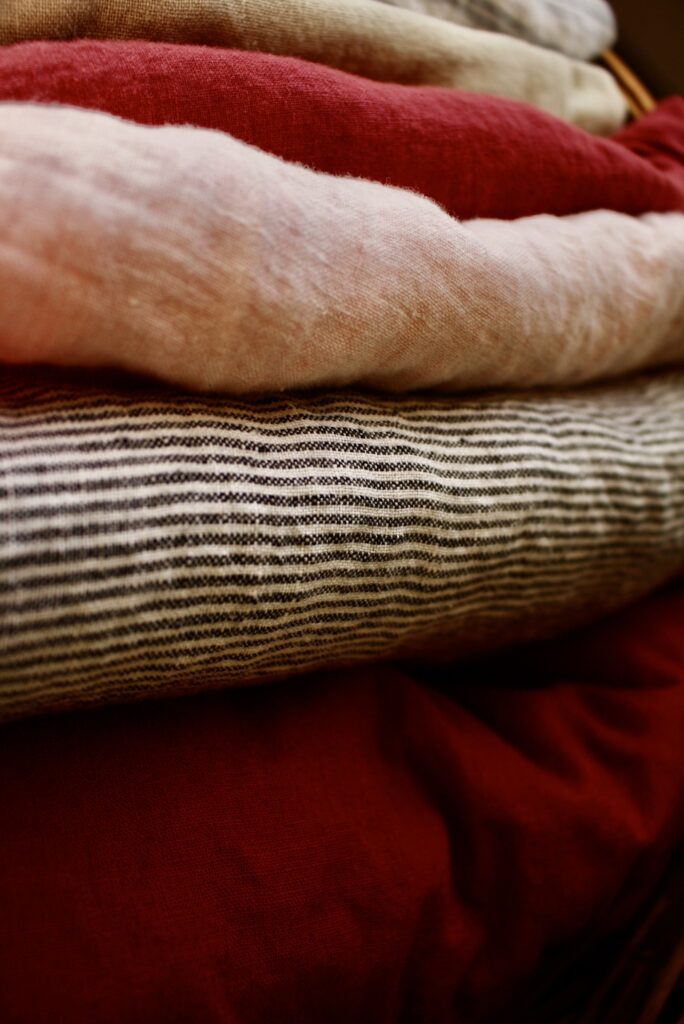
What are natural fibers?
Natural fibers are well, any fiber you can make from a substance occurring in nature. They either come from animals or plants. While the list is longer, the most common plant fibers are: cotton, linen, hemp, and bamboo. Fibers from animals include: Wool from a variety of sheep, goats, and alpaca, rabbit hair, and silk.
Both linen and wool have been used and worn by people for thousands of years. The ancient peoples and civilizations throughout the centuries perfected methods of acquiring and weaving these fibers to make fabrics for every use in daily life. From the rulers down to the peasants, textiles made of natural fibers could be woven very simply or into more ornate patterns.
What are the benefits?
There are many and we’ll only name a few here. These are some benefits of cotton, wool, and linen:
- moisture wicking
- breathable
- can decompose naturally back into the earth
- strong fibers
- insulating
- soft
- dual-purpose
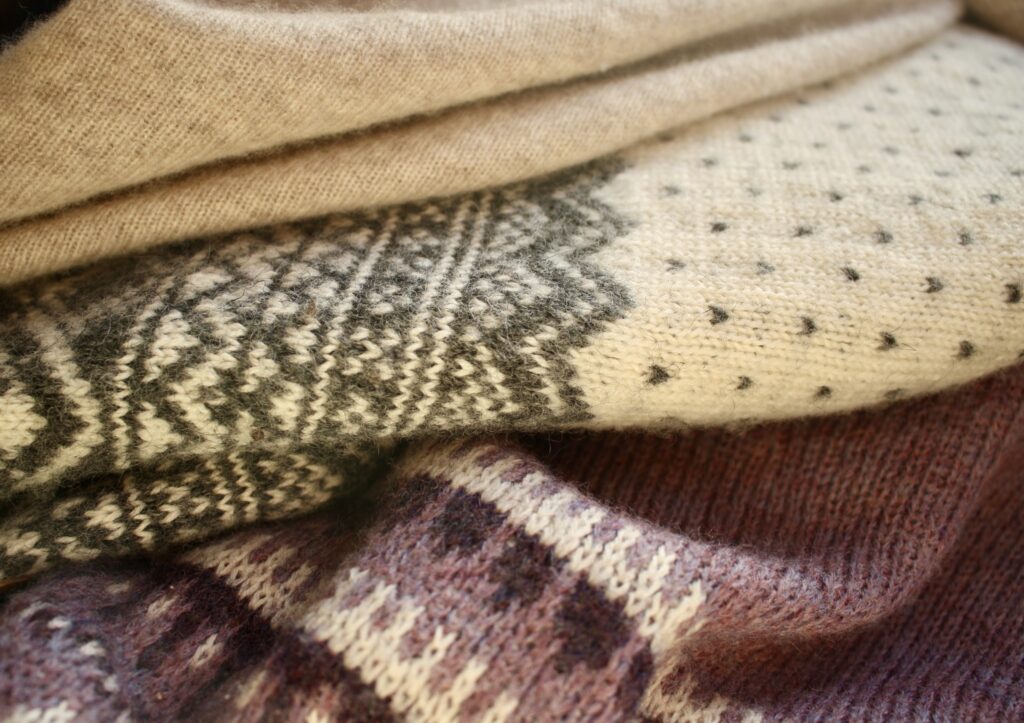
Why wear linen?
Linen is made out of flax and must undergo a serious process for it to be turned into fiber for weaving into cloth. I am so impressed by our ancestors that figured this out! There are different kinds of linen weight which, for the average sewer, just means the level of see-throughness; light, medium, heavy, very-heavy. It also matters what kind of weave the linen has. Plain is most common, with the weft and warp (vertical and horizontal) threads alternating (like a pie crust).
Linen and cotton are my absolute favorite fabrics to wear in the summer. They both are lightweight, breathable, and the most comfortable on those hot, humid days. To be sure though, many linen shirts are sheer and that defeats the purpose of them being breathable if you have to wear yet another layer underneath. Medium-weight is the kind to buy if you’re thinking about purchasing fabric by the yard to sew your own shirt, dress, pants, etc.
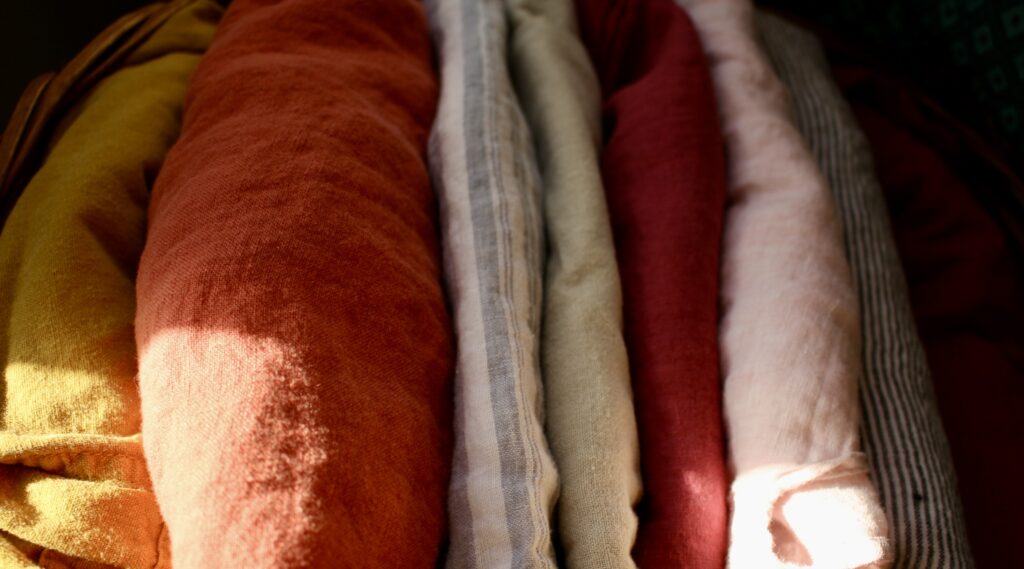
Why wear wool?
Despite the bad rep wool gets for being itchy, it is by far the superior fabric for cool weather. And it’s not always itchy! Even in summer, a light wool made of merino does wonders. In winter and summer wool is moisture-wicking making you comfortable and not at all feeling dampness in the places that like to be dry. It naturally resists the buildup of odors and does not fall prey to mold or other problems dampness can cause. Because wool is mostly knit it’s also pretty stretchy when made into fabric.
I have over the years acquired a couple wool sweaters, socks, and leggings. They feel so different than synthetic fabrics, my hope is to eventually replace my whole winter wardrobe with wool.
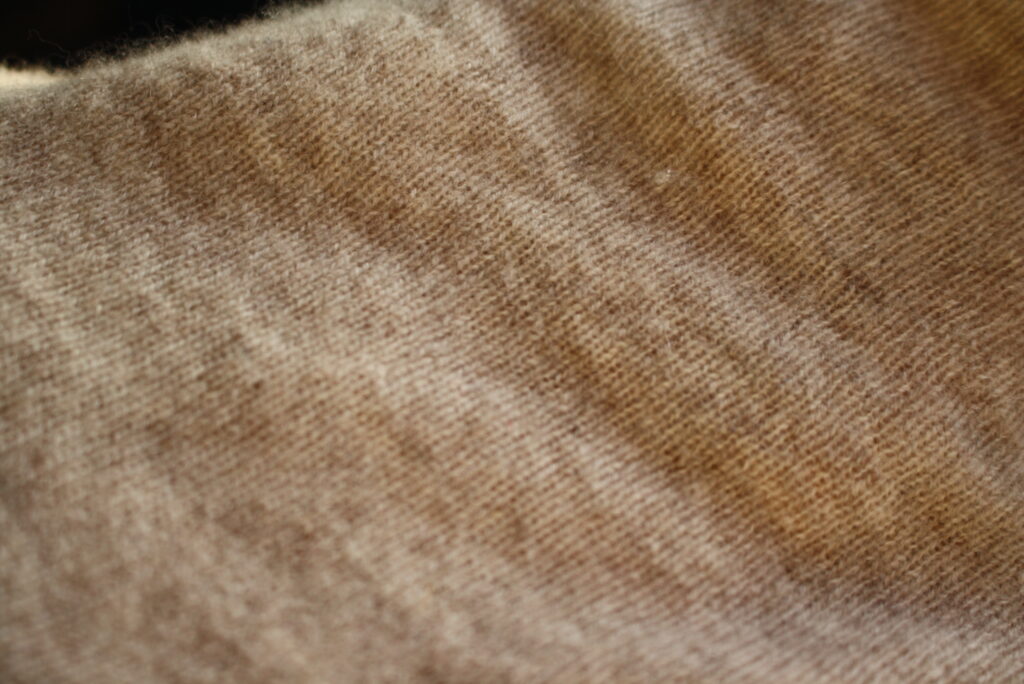
how to launder wool
The unique thing about wool is the way that it is washed. First of all, unless it’s totally soiled, you don’t have to wash it as often as you would put other things into the laundry basket. Every 3 or so times you wear them is the rule I like to go by.
To wash, fill the tub a couple inches with cold water and a small bit homemade laundry soap. The kind I use is not particularly for wool. Then I push down gently to allow soapy water to go through the fibers of the cloth. Fill the tub up a couple more times and gently push the fabric down to allow clean water to rinse. Let it drip for a little bit. Next, roll the fabric and press down, trying to get as much water out as possible. Lay a towel on the ground and put your woolies on top rolling them up together and pressing down again to get out more water. Do this once or twice and then lay the garment flat to dry.
Why do natural fibers seem so darn expensive?
Natural fibers are expensive (if bought new) because of the intensive process they all have to go through to be grown, made into fiber, then woven into fabric, the cut and sewn into a garment. There are videos linked below documenting this extensive processes. Something to consider is that these garments will last longer than a polyester or acrylic version of the same thing. The fibers are stronger and you will take good care of your clothing if you’ve purchased it at a higher cost. The thing to keep in mind if you don’t want to spend hundreds upon hundreds is that you’re purchasing something for its quality not just the brand name that’s on it. There are other options if you are willing to search them out.
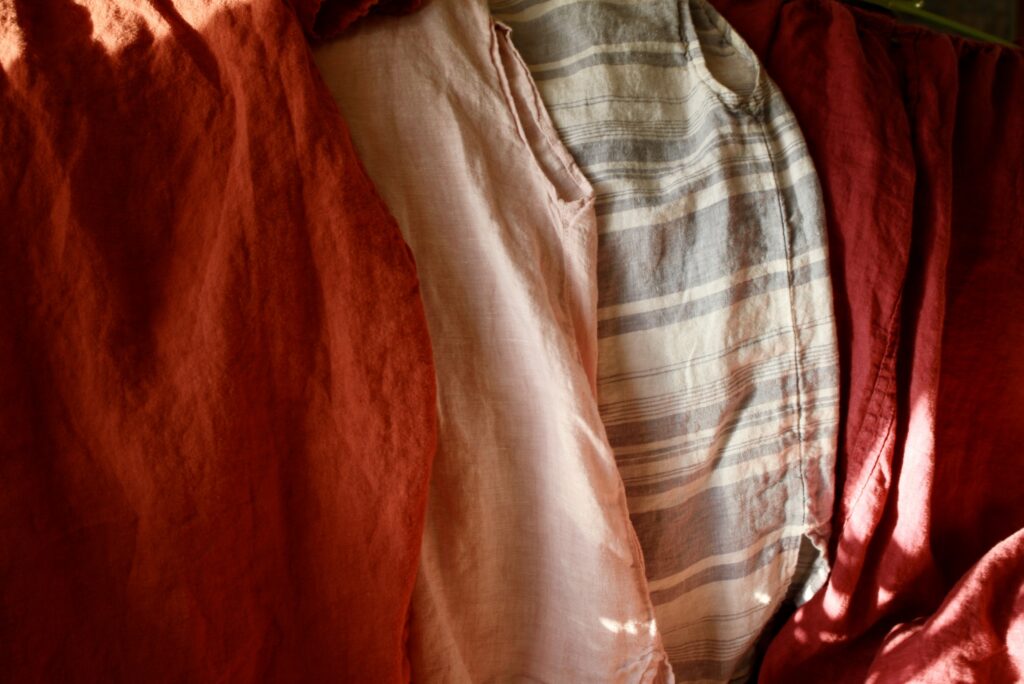
Ways to find a more budget-friendly options
The most likely way to get linen or wool is to make runs to any local thrift shops. There are a couple that I’ve found over the years here that are little gems that seem to specialize in finding and selling wool. It is hit or miss at the others. There are also online options like Etsy, Thred-Up, and Poshmark. You can look specifically for the fibers you’d like to find and their inventory changes so it’s like shopping at a store.
Another thing you can always do is make other things out of the fibers you find. Specifically wool, you can use a giant sweater to make mittens, leg warmers, a hat, a skirt… use you imagination.
Resources for linen
Buy linen online: fabrics-store or amazon
Watch the linen process: Scottish linen, Full process
Resources for wool
Wool online: Remnants, by the yard
How different types of wool are made: ancient Anglo-Saxon method, carding machine, wool weaving
If you enjoy sewing check out our post How to Sew a Muslin Cotton Baby Blanket.
Happy Shopping!
~Emily


Leave a Reply